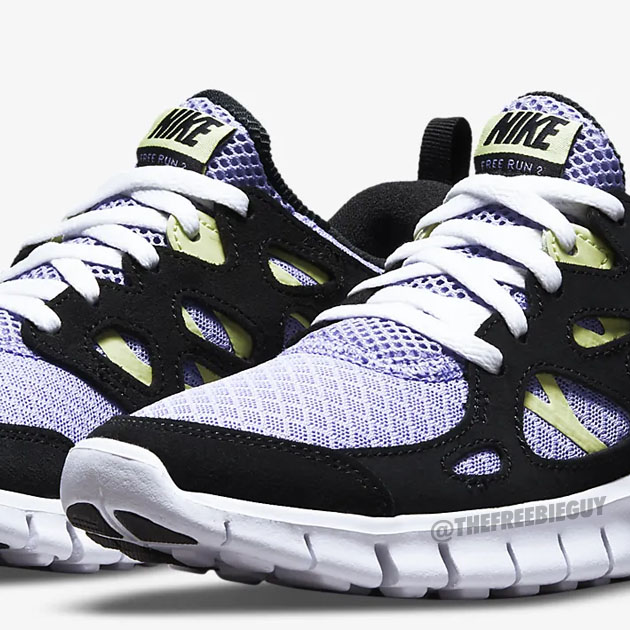In an era where urban landscapes are evolving at breakneck speed, the question of how we navigate these bustling environments has never been more pressing. As cities grapple with the challenges of congestion, pollution, and the ever-growing demand for efficient transportation, two alternatives are emerging as champions of sustainable mobility: pedal power and public transit. But how do these modes of transport stack up against the convenience of cars and taxis? In this article, we will explore the merits and drawbacks of cycling and public transportation, illuminating how they present smarter, eco-friendly choices for individuals and communities alike. Join us on a journey that examines the nuances of each option, highlighting not just their environmental benefits, but also the profound impact they can have on our daily lives and the fabric of urban society.
Exploring the Advantages of Biking and Public Transit in Urban Mobility
In the quest for sustainable urban mobility, choosing alternative modes of transportation like biking and public transit offers a multitude of benefits that extend beyond mere convenience. Firstly, **biking** provides an excellent way to enhance physical health, contributing to increased cardiovascular fitness and improved mental well-being. Equally important, **public transit** systems are designed to minimize congestion, leading to reduced pollution levels and enhanced air quality in bustling cities. Together, these options can invigorate urban landscapes in various ways:
- Cost-Effective Travel: Saves money on fuel, parking, and maintenance.
- Environmental Impact: Lower greenhouse gas emissions compared to cars.
- Accessibility: Ensures mobility for those without a personal vehicle.
- Community Engagement: Encourages social interaction and community building.
Moreover, when comparing the environmental footprint of each travel option, public transit can accommodate a larger number of passengers in a single trip, reducing per capita emissions significantly. The table below outlines a comparison of emissions from different modes of transportation:
| Mode of Transportation | Average Emissions (g CO2/km) |
|---|---|
| Car | 120 |
| Taxi | 200 |
| Bicycle | 0 |
| Bus Transit | 60 |
| Light Rail | 30 |
As urban areas continue to evolve, prioritizing biking and public transit not only fosters healthier habits but also transforms city dynamics toward sustainability and community well-being. Emphasizing these modes of transport paves the way for smarter, more responsible choices in our daily commuting routines.
Strategies for Integrating Sustainable Choices into Daily Commutes
Making sustainable choices during your daily commutes can significantly reduce your carbon footprint while providing alternative methods of transportation that can enhance your overall well-being. Here are a few innovative approaches to consider:
- Cycling: Invest in a quality bike and explore local cycling paths. Not only does this reduce emissions, but it also improves your fitness.
- Public Transit Passes: Look for monthly or yearly passes for buses and trains to save money and promote the use of these energy-efficient modes of travel.
- Carpooling: Share rides with colleagues or neighbors to lower the number of vehicles on the road, allowing for a more efficient commute.
- Flexible Work Hours: Talk to your employer about staggered start times to avoid rush hour and take advantage of less congested transport options.
By implementing these strategies, you can effectively contribute to a sustainable future while enjoying the benefits of healthier commuting habits.
| Transport Option | Environmental Impact | Health Benefits |
|---|---|---|
| Cycling | Zero emissions | Improves cardiovascular health |
| Public Transit | Reduces traffic emissions | Less stress, more social interaction |
| Carpooling | Decreases overall vehicle use | Opportunity for camaraderie |
In Conclusion
As we navigate the complex labyrinth of urban mobility, the choices we make—a pedal push here, a bus ride there—shape not only our routines but the very fabric of our communities. While cars and taxis have long dominated our transportation landscape, the rise of alternative modes like cycling and public transit beckons us to reconsider the way we travel. Each option comes with its own advantages and challenges, but ultimately, the decision rests in our hands.
In embracing pedal power and public transit, we open doors to healthier lifestyles, cleaner air, and a more connected society. These modes of transportation invite us to slow down, appreciate our surroundings, and engage with our communities in ways that cars often hinder. As we prioritize smarter choices, let us envision cities defined not by congestion, but by the vibrancy and freedom that comes from reimagining how we move.
The road ahead is paved with possibilities—so whether you’re hopping on a bike or catching the bus, remember that every journey contributes to a collective future where the rhythm of life is powered not just by engines, but by our own two feet.










